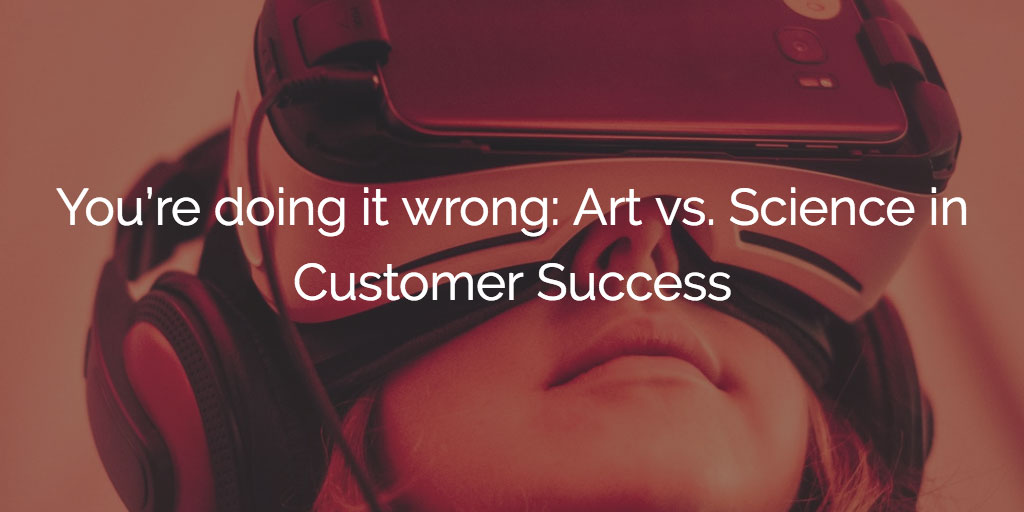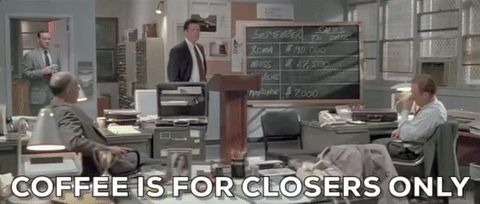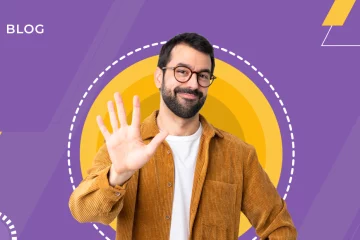
It seems like something from a different lifetime, but I still remember the old days when sales was all chalkboards, steak knives, and “gut feeling.”
Okay, well maybe chalkboards were before my time. Also, I’m vegetarian and don’t really need steak knives. But gut feelings—those were definitely the name of the game back in the day!

There was a time (and I’m dating myself here) when the prevailing attitude was that selling was an art—unquantifiable, non-systematic. Sales has gone through a “Moneyball” transition just like baseball—the art is still there, but the science has developed so much more.
Fast forward to today. If you’re starting a new company, you often define your sales process, identify your key metrics, and set up your CRM system before you hire your first rep. That’s an important development because companies are now able to start testing and learning in their sales process at a much more rapid rate.
The problem with the rock star seller who somehow just closes is that it’s not repeatable. It doesn’t scale. And it will stop working eventually and leave you with no answers and no way forward.
But that’s a well known and broadly accepted premise—at least in Sales.
So why is this functional initiative called Customer Success Management—a peer org but an evolutionary successor—reliving the 90s (and I’m not talking about last year’s Pulse theme) in its approach to hiring and processes?
I’ve met with thousands of new CSM leaders from teams all along the spectrum from startup to enterprise and from every industry, and I (surprisingly) frequently hear things like:
- “My team isn’t comfortable with process.”
- “It’s not really about metrics—it’s much more about gut feeling.”
- “We’re hiring a team and then are going to figure it out.”
Let’s address each premise individually:
“My team isn’t comfortable with process.”
Much like their colleagues in Sales, I think these new CS leaders will realize over time that, unlike what Alec Baldwin says in Glengarry Glen Ross, coffee isn’t for closers. Instead, coffee is for consistency. By that, I mean that the most effective businesspeople in Customer Success will develop consistent and data-driven ways to execute, and more importantly, to learn.
“It’s not really about metrics—it’s much more about gut feeling.”
Consistency is important because Customer Success has another thing in common with Sales: it’s a results-oriented business. It might not be as brutally quota-driven, but retention is a critical number to make for any company to grow. No CSM should be fired for “losing” a customer. But every CSM should be able to understand and explain why it happened and how to improve the process going forward. You can’t do that without data.
“We’re hiring a team and then are going to figure it out.”
Many practitioners of the “gut feeling” school of CSM feel like “you need to get people right and then you can figure out process and tools.” To the same coffee closers, I say this: If you hire a team with a mandate of “figure it out,” then good luck getting that team to then embrace data, process, and systems down the road. You may get lucky, but more often than not, you’ll get an army of people who believe nothing can beat their magical intuition.
Intuitive CSM vs. Predictive CSM
I see this mentality in the real world all the time, and I want to consciously push back against it: while it’s true that nobody knows a customer as well as their CSM, you cannot make accurate predictions without objective measurements. This is true in science as it is in CSM.
In Gainsight language, we’re talking about health scores, but you can call it what you will.
Because of this fact, I’ve noticed that many of the newer and earlier stage CSM teams are far more sophisticated than the ones that have been running for a while. Earlier CSM teams were often built like earlier sales teams—where swagger and heroics were rewarded and careful analysis was laughed off as “we’re not ready for that yet.”
Newer CSM teams are realizing that the foundation you build at the beginning is the one you will live with years from now.
My advice is, if you are starting a new CSM team, start it with a scientific approach from Day One. And if you’re a first-time head of Customer Success, start with my CCO Welcome Kit.



